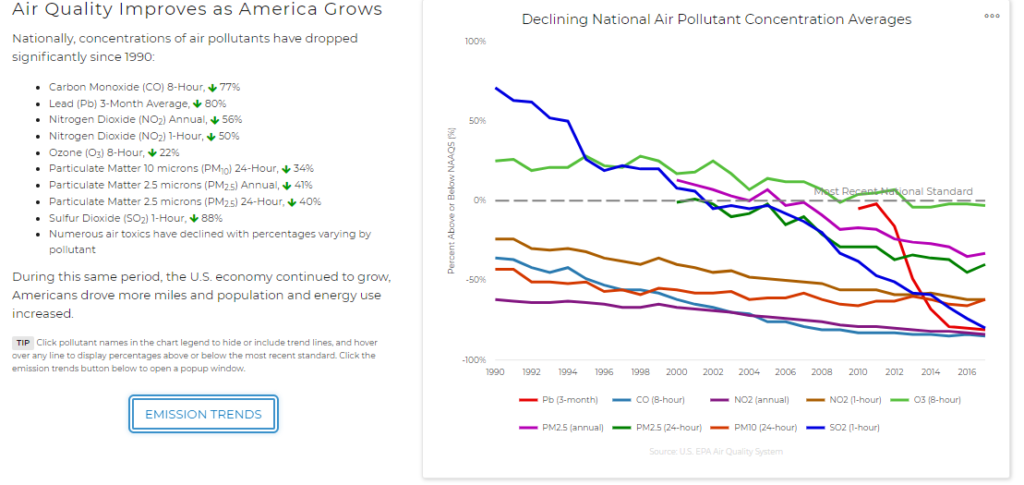Why the Trump Administration is Correct to Remove Co-Benefits from Mercury and Carbon Dioxide Regulations
This post is going to be deep into the weeds, but it is crucially important for people to understand that the Trump Administration has altered how the Environmental Protection Agency (EPA) crafts regulations, like the Clean Power Plan (CPP) Mercury and Air Toxics (MATS) standards and that this is a very good thing.
The crucial change is that EPA is no longer considering ancillary, or co-benefits, when justifying the economic impact of regulations. This is important because the Obama administration used these co-benefits as the main justification for the CPP and MATS rule.
Take the Clean Power Plan which was widely considered to be President Obama’s most sweeping regulation to limit global warming. The CPP was designed to reduce U.S. carbon dioxide emissions from existing power plants by 32 percent, relative to 2005 emissions, by 2030.
Despite the fact that the primary goal of this regulation was supposedly to fight climate change, it was odd that President Obama’s EPA did not even state how much global warming the regulation would have averted on EPA’s CPP factsheet. Click here to see the document. You’ll notice that in nine pages, it never once mentions how much potential future warming this regulation would prevent.
This is probably because the public would not be in favor of the enormous cost this regulation imposes on them for zero tangible environmental benefits. The amount of global warming that would have been averted would be too small to even measure. According to the climate models used by Obama’s EPA, the CPP would have averted 0.018 degrees Celsius by 2100.
Instead of talking about how much global warming the CPP would avert, the document talks about avoided missed days of work, asthma attacks, and premature deaths. However, asthma attacks aren’t caused by carbon dioxide, if they were, we’d trigger asthma attacks just by breathing. What the Obama EPA did not state was how pollution levels have fallen dramatically for compounds like sulfur dioxide, nitrous oxides, and ozone, in the past three decades for far less cost than the CPP.

Call me crazy, but I think if EPA is going to implement an expensive new regulation, the primary benefits should come from reducing the compound they are trying to reduce, in this case, the monetary benefits of reducing carbon dioxide should make up the largest slice of benefits.
EPA pulled a similar slight of hand by fudging the numbers with co-benefits in its MATS rule.
The Mercury and Air Toxics Standards (MATS) rule, at an estimated compliance cost of $9.6 billion, is the most costly rule in the EPA’s history. Despite the enormous price tag, the regulation would have effectively zero tangible benefits to air and water quality.
The problem is that mercury has a long residence time in the atmosphere, which means that mercury emitted into the air can travel thousands of miles in the atmosphere before it is eventually deposited back to the earth in rainfall or in dry gaseous form.
Most mercury emissions are natural, not man made. Natural sources, such as volcanoes and forest fires, account for 60 percent of global mercury emissions, and human sources account for about 40 percent. Furthermore, 55.7 percent of the human-caused mercury emissions come South and Southeast Asia.
Just 0.3 percent of global mercury emissions came from burning coal at U.S. power plants, which is the small sliver of global mercury emissions the Obama Administration was regulating with the MATS rule.
The Obama administration estimated the rule would bring more than $80 billion in benefits, but the mercury-related gains were only a small part of that at about $4 million, which means the actual value of reducing mercury emissions was a mere 0.005 percent of the entire cost of the regulation.
The Trump Administration has stated that primary benefits should outweigh co-benefits, and primary benefits should outweigh costs. If they do, then the regulation may be scientifically justified, if they don’t then we should not implement the regulation. This simply common sense stuff, folks.